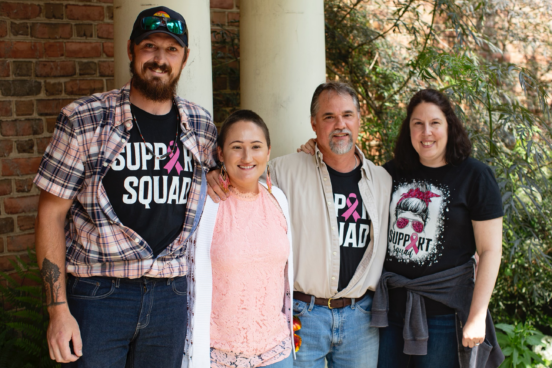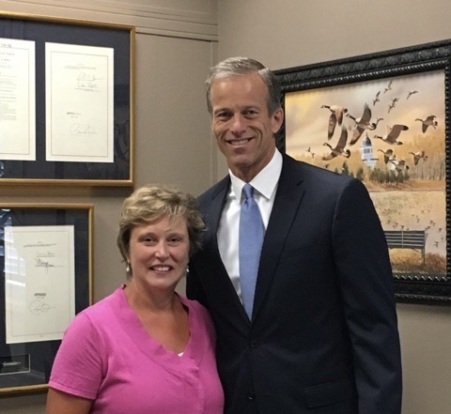The novel coronavirus (COVID-19) is rapidly spreading to communities across the United States. Individuals with chronic or complex medical conditions may be particularly vulnerable to complications of COVID-19 and subsequent health crises and financial hardship.
Responding to this pandemic and its impact on the economy, federal policymakers have taken initial legislative steps to address these challenges. Several of the new laws’ provisions include specific opportunities to help support immediate needs of patients and families nationwide.
The Coronavirus Preparedness and Response Supplemental Appropriations Act (Public Law No: 116-123) enacted on March 6, 2020. This law:
- Ramps up public health response efforts and provides emergency funding for federal, state and local agencies.
- Creates a pathway for people on Medicare to have “virtual visits” with their doctor or other health professional through telehealth phone or video technology without having to travel to a facility for an in-person appointment and risk exposure to COVID-19.
The Families First Coronavirus Response Act (Public Law No: 116-127) enacted on March 18, 2020. This law:
- Removes administrative barriers to a series of government safety net programs, making it easier for families negatively impacted by COVID-19 to receive their existing benefits from: 1) Supplemental Nutrition Assistance Program (SNAP), 2) Women, Infants and Children’s Program (WIC), 3) free or reduced lunches for students due to school closures, and 4) senior nutrition programs and food banks.
- Ensures free COVID-19 testing, including for individuals without insurance. States will temporarily receive more federal funding for their Medicaid programs so that they can provide COVID-19 treatment and services to everyone who relies on the program.
- Expands paid sick leave for eligible workers who are 1) sick with COVID-19, 2) in quarantine, 3) caring for a family member affected by the virus, or 4) caring for children whose schools or day care centers have closed.
- Full time workers would get up to two weeks of paid leave and part-time workers would get paid leave based on average number of hours worked over a two-week period.
- Payments would be capped at $511 a day for those sick with the virus or seeking care and $200 a day for those caring for a sick family member or child.
- Expands family medical leave for workers caring for children whose schools or day care centers have closed.
The largest economic relief package in American history amounting to $2 trillion, The Coronavirus Aid, Relief and Economic Security Act (Public Law No: 116-136), was enacted on March 27, 2020. This law provides substantial support for businesses, hospitals and includes a boost for patients and families such as:
- Immediate financial assistance through direct checks amounting to $1,200 for individuals earning up to $75,000 per year, with less assistance phasing out for those earning up to $99,000 per year. Married couples may receive up to $2,400 plus $500 per child under age 17.
- Expanded unemployment benefits for laid-off workers with an extra $600 per week on top of every unemployment payment, a 13-week extension on top of regular benefits and created a new program for self-employed “gig workers” who traditionally would not qualify for unemployment.
Additional stimulus legislative packages and guidance from federal agencies clarifying how the laws should be implemented are expected to follow. NPAF will update this information as new proposals emerge and work their way through the policy process.




